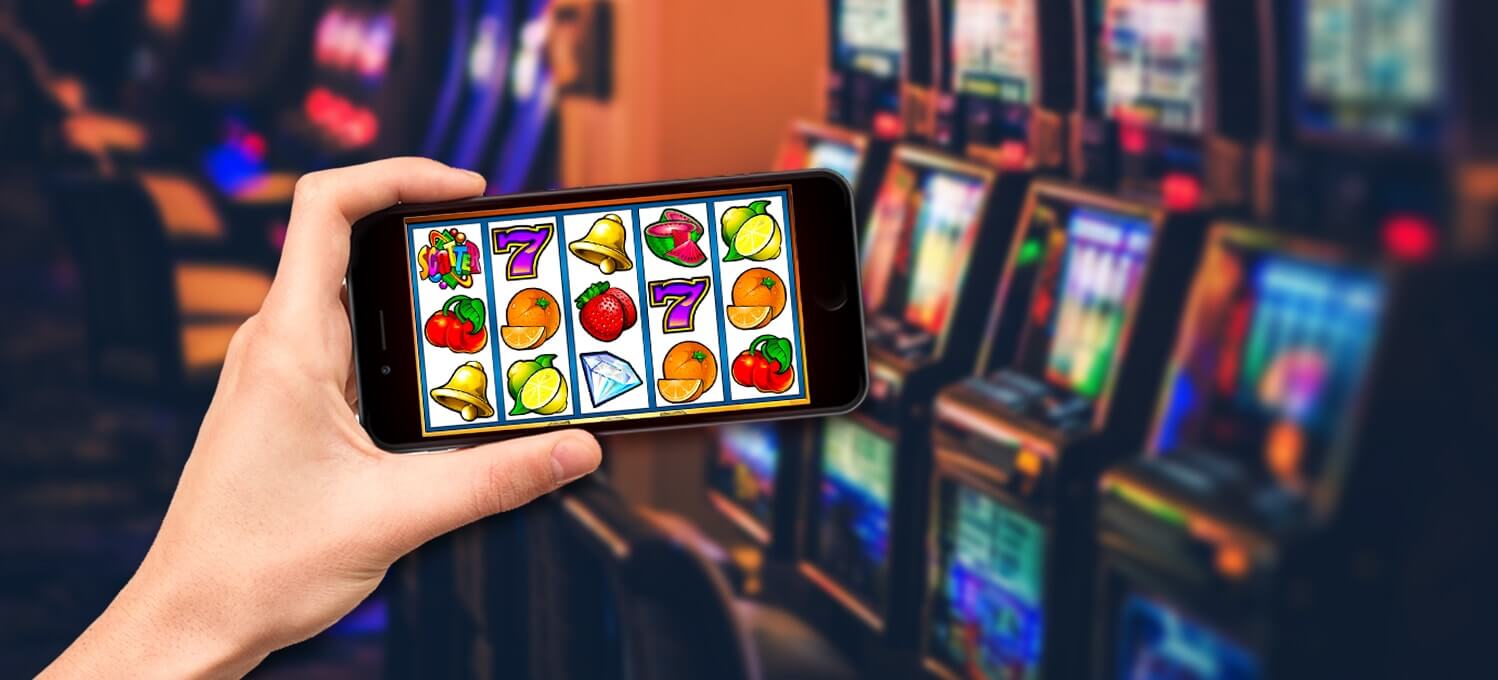Slot machine designers deliberately employ vibrant colours and dynamic animations to capture human attention through evolutionary visual triggers that our brains find irresistible. These design choices tap into primal responses to movement, brightness, and colour patterns that historically indicated significant environmental changes requiring immediate attention. The carefully designed visual spectacle, as described in https://liriklagubatak.com/hermina.html, creates an immersive atmosphere that captures player attention and stimulates neurological responses linked to excitement and the anticipation of rewards. The visual design principles extend seamlessly into digital environments, where online slots amplify these effects through enhanced graphics capabilities and unlimited creative possibilities.
Neurological attention capture
Bright colours activate specific regions of the visual cortex that prioritise the processing of high-contrast, saturated stimuli over muted background elements. This biological preference developed as a survival mechanism to quickly identify ripe fruits, dangerous predators, or other significant environmental features. Slot machine designers exploit this hardwired response by using colours that demand immediate visual attention. Flashing animations trigger motion detection systems in the peripheral vision that automatically draw focus toward moving elements. These involuntary eye movements occur faster than conscious thought, creating an attention-grabbing effect that bypasses rational decision-making processes. The combination of movement and bright colours makes a powerful visual magnet difficult for players to ignore.
Dopamine pathway activation
- Red and orange colours stimulate physiological arousal responses that increase heart rate and blood pressure
- Blue and purple hues create calming effects that extend playing sessions by reducing stress responses
- Yellow and gold tones trigger associations with wealth, success, and valuable rewards
- Green colours evoke feelings of luck, nature, and positive outcomes in many cultural contexts
- Multi-colour combinations create visual complexity that maintains interest through variety and unpredictability
- Colour transitions and morphing effects generate continuous novelty that prevents visual habituation
Excitement amplification methods
Rapid animation sequences create artificial urgency that mimics high-stakes situations requiring quick decision-making. The visual pace matches the excitement levels that people experience during thrilling activities, creating psychological arousal without actual danger or physical exertion. This synthetic excitement helps maintain engagement when actual winning outcomes are infrequent. Synchronised audio-visual effects amplify the impact of colours and animations by engaging multiple sensory channels simultaneously. When bright flashes coincide with celebratory sounds, the combined effect creates stronger emotional responses than either element alone. This multisensory approach creates more memorable experiences that players want to recreate through continued play.
Sensory overload design
- Layered visual elements that create depth and complexity, preventing quick visual processing
- Rapid colour changes that overwhelm analytical thinking and encourage emotional responses
- Multiple animation speeds that create chaotic visual environments requiring full attention
- Contrasting brightness levels that force constant eye adjustment and maintain visual engagement
- Pattern interruption techniques that break expected visual rhythms to maintain surprise elements
- Visual density variations that alternate between calm and intense periods to manage stimulation levels
Animation timing during near-misses creates suspense through delayed reveals and extended anticipation periods. Reels might slow down dramatically before stopping short of winning combinations, with bright colours highlighting the symbols that “almost” created payouts. These visual narratives make randomised outcomes feel like skill-based activities where improvement seems possible through continued play.













